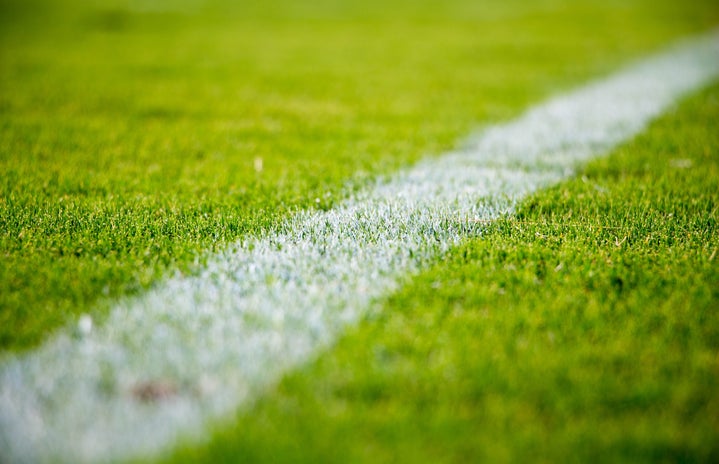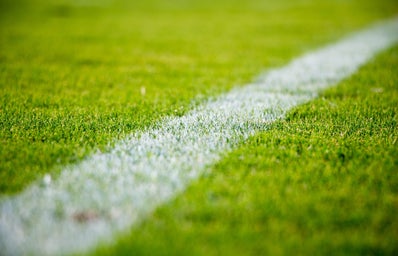Ice hockey has long been considered a sport for the toughest of men to play. Even though women played in international competition, like the Olympics, and in the Canadian National Women’s Hockey League, there was no professional league for them to play in and receive a regular salary. That was until the National Women’s Hockey League (NWHL) was formed in March 2015. Led by commissioner and founder Dani Rylan the NWHL is paving the way for women’s sports everywhere.
The NWHL consists of four teams: the Buffalo Beauts, the Boston Pride, the New York Riveters, and the Connecticut Whale. While this pales in comparison to the NHL’s soon to be 31 teams, this is a great start for the NWHL. With big name players like Hilary Knight and Meghan Duggan, the league located all four teams in the Northeast US, a traditionally strong hockey market. Locating the teams close together also helped to minimize travel for both players and fans. Most games are played on weekend afternoons and evenings to encourage young fans to attend as a means of growing the fan base. This scheduling also allows the women to work traditional jobs to support themselves and make up for the extreme wage gap between male and female players (but more on that later).
After a successful first season, the league marched on towards its second season, adding more big name players (like Amanda Kessel, sister of Pittsburgh Penguins forward and Stanley Cup Champion Phil Kessel) and breaking down more barriers. In October, the NWHL began to work in conjunction with the You Can Play Project, an organization dedicated to making sports a welcoming place for LGBTQ athletes. On the heels of this announcement, the NWHL, announced that they would be the only professional sports league in America with an openly transgender player—a transgender man named Harrison Browne.
While the existence of the league itself, as well as its inclusive policies, is helping to increase equality and opportunity in professional sports, the league’s second season has not been entirely smooth sailing. Attendance at games has dropped, and players had to take a steep pay cut of about 50%. Many may think that a pay cut for an athlete is not a big deal—they have plenty of money, right? That’s not the case for female athletes. For example, Amanda Kessel is the highest paid NWHL player with a 1-year-$26,000 deal. Compare that to the highest paid player in the NHL, the Chicago Blackhawks’ captain Jonathan Toews, who will take home around $16 million dollars this year (a combination of his salary paid by the Blackhawks organization and the endorsements and sponsors he has). As a way to mitigate the pay cuts to players, one of the NWHL’s biggest sponsors, Dunkin Donuts, has agreed to pay an additional $50,000 this season, which will go straight to paying the player’s salaries.
While the future of the NWHL may be in question, they are continuing to play the rest of the season. With games scheduled through mid-March ending with the Isobel Cup Final (named after the daughter of Lord Stanley). What this incredible sports league needs is support. Even if you aren’t a hockey fan, check out a live stream of a game on the NWHL YouTube Channel (it’s free!). This weekend is the NWHL All-Star Game in Pittsburgh, and it promises to be good. Check out some of the festivities in between Charter Day activities. I promise that after one game you will be hooked.
Sources:
http://www.espn.com/espnw/sports/article/15449011/amanda-kessel-skates-away-nwhl-highest-salary
https://www.nytimes.com/2016/12/26/sports/womens-hockey-league-transgender.html?_r=0
https://en.wikipedia.org/wiki/National_Women’s_Hockey_League_(2015–)
http://www.nwhl.zone/page/show/2742599-schedule
Image Source:
https://news.sportsinteraction.com/sports/national-womens-hockey-league-to-pay-players-67471/.


